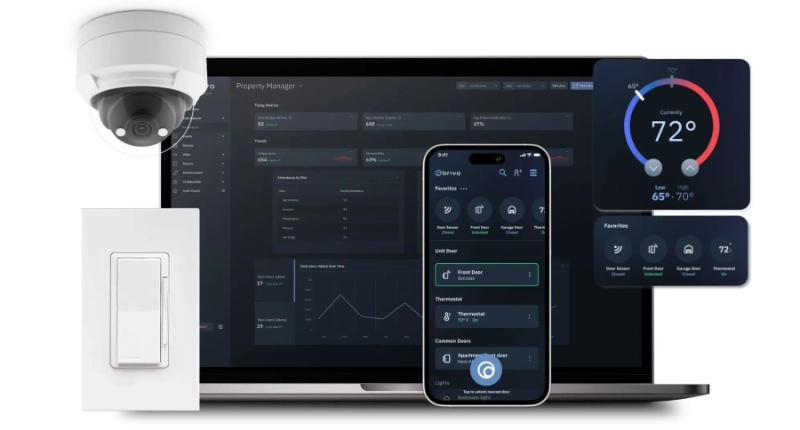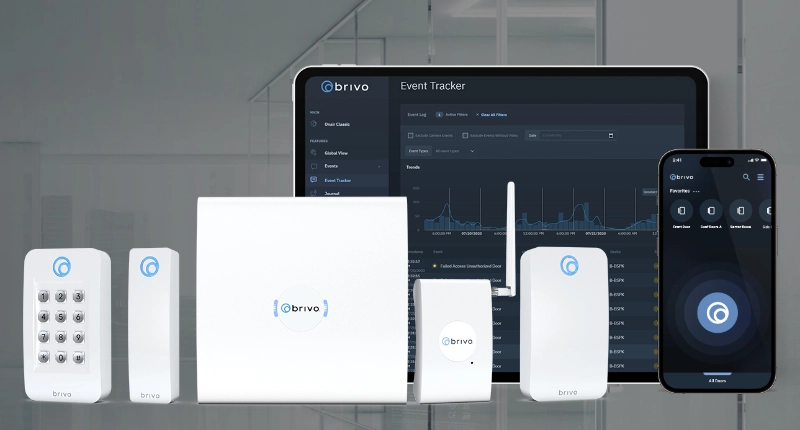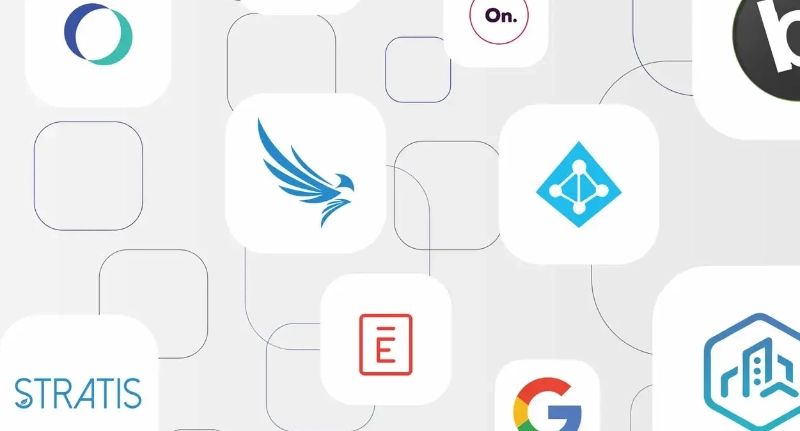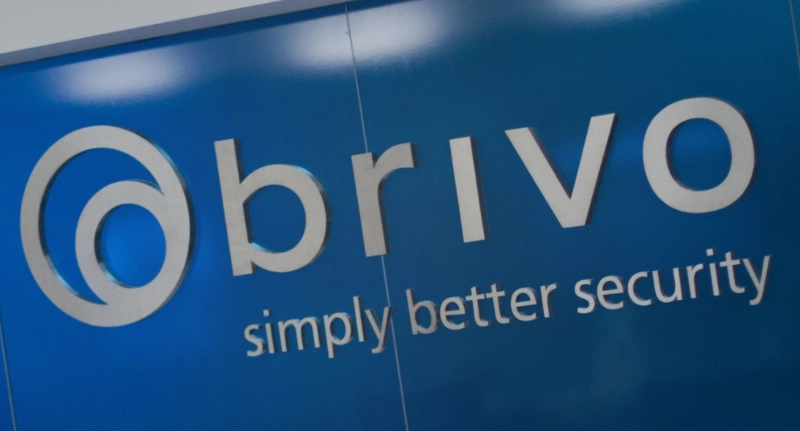We recently surveyed security and IT professionals on their best strategies to win executive support for physical security initiatives. As budget season arrives and 2019 planning begins, we wanted to arm you with some of the best insider security professional tips for communicating budget requests to executives. Hopefully, these tips are timely enough to help with your current talks for technology upgrades.
We asked: What’s your best strategy for getting executive buy-in and budget for physical security upgrades?
“Show statistics and examples to execs of security breaches (for other companies) and how costly they have been.”
This response highlights the desire for company executives and owners to compare their company to the competition. Having security intelligence on how the competition handles their security may provide more credibility to your proposal.
“Letting them know they are personally liable if threat assessments are ignored because the security budget increase was deemed unnecessary or too expensive.”
Legal responsibility for physical threats and customer/personal information misuse or unauthorized access can be a strong motivator to implement upgrades. Demonstrating how physical security upgrades help improve private and proprietary information safety can make your proposal even stronger.
“Collaborate with other job functions and survey/understand their needs and ‘wants’ from a conventional security solution. Make it cross-functional with multiple stakeholder groups.”
We agree that there’s strength in numbers and building allies for upgrades. Gaining cross-functional support prior to presenting to executives helps you explain the positive impact for multiple departments. This will hopefully limit the number of naysayers.
“Show how investing in securing the facility will lower insurance premiums.”
This a really good way to show tangible ROI from security upgrades. Identify ways security upgrades can reduce existing operational costs and better protect the people in the company while saving the company money.
“Physically show models of the type of system you want to implement.”
Show them how and why the new system is better with a demonstration. Bring the concept of “security upgrade” into a more tangible discussion of components like better panels and locks. Depending on your audience, you can also share technical data sheets of features and capabilities after your real-time show and tell.
“All security budget conversations should tie back to the management of security risk. All of the business managers that own security risk should have input into the conversation. This results in having a risk management conversation, instead of having a security budget conversation.”
Increasing the level and scope of your conversation from budget to risk management can align budget and risk management goals. The security upgrade isn’t just an additional expense, it’s a milestone for overall risk management.
“Show a model of your property (i.e. using architectural plans) with proposed security systems in place.”
Making the security upgrade proposal as tangible as possible is a recurring theme from the survey responses. Show where specific upgrades will eliminate security vulnerabilities in the building and clearly demonstrate the immediate benefits of the upgrade.
“Go through IT.”
In most companies, the IT department is often the best advocate for security upgrades. They can speak to potential integrations, other security and risk mitigation efforts, and any potential technical lift from the company’s end. It’s good to get them on your side.
Thanks to everyone who participated in the survey, we were able to put together a toolkit to help you get buy-in.
You can access the toolkit: Advanced tactics for getting physical security budget buy-in here.













